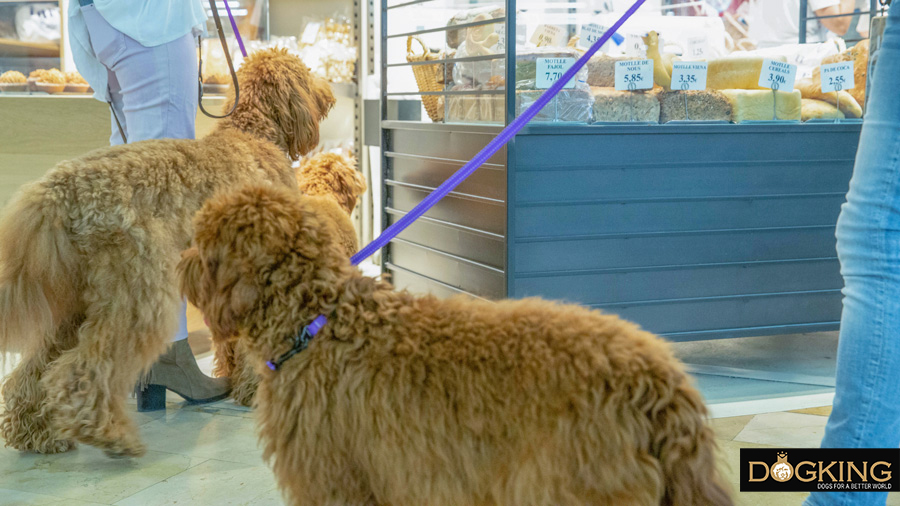7 Characteristics that differentiate a dog-friendly city
Dog-friendly cities facilitate coexistence between dogs and humans
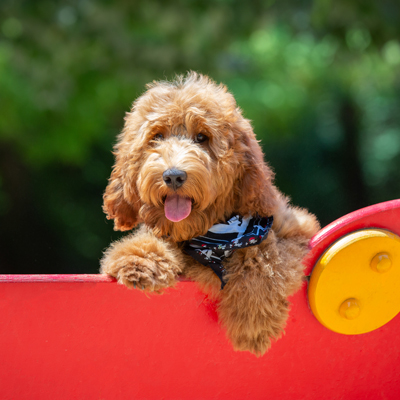
CHARACTERISTICS THAT MAKE A CITY DOG-FRIENDLY
Reading time about 10 minutes
An increasing number of cities are promoting the inclusion of dogs in society, recognizing them as a member of the family and not just a pet. Amsterdam, Paris, Brussels, Berlin, and San Francisco are just a few of the many cities that treat our four-legged friends as residents. However, what does it make a city dog-friendly as such? Or in other words, what does it make a city the best destination for our dog to stay in?
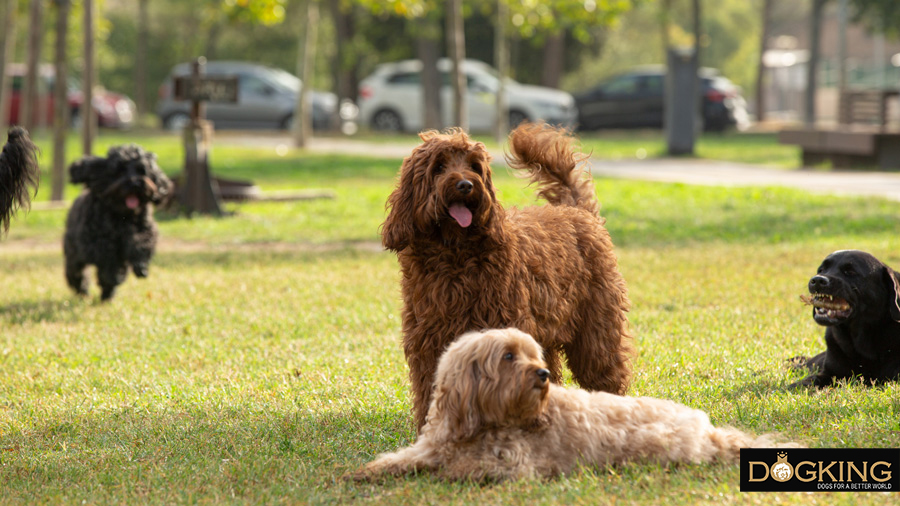
Table of contents
1- What do we mean by "dog-friendly" cities?
2- The 7 characteristics of a dog-friendly city
What do we mean by “dog-friendly” cities?
These are cities that adapt their services, places, or even legislation to the needs of dogs, not just those of humans. Thus, the rights of our dogs are recognized to a higher status so that they may be part of our urban life, also in favour of all the benefits that this entails for us as owners.
San Francisco is the clearest example of a dog-friendly city, because it has the five dog-friendly beaches, the countless parks, the free access to pets in public spaces, or even more dog-friendly menus in restaurants. San Francisco is considered by many to be the best city where a dog may live. It should come as no surprise, then, that the number of dogs in this city is even greater than the number of children.
The 7 characteristics of a dog-friendly city
In favour of recognizing everything that our pets do for us, the American company Mars has developed a model by which, based on 12 main features grouped into 4 pillars (businesses, homes, parks and shelters), a city may be certified as "Pet-Friendly".
At DOGKING, we have decided to condense and focus these requirements exclusively on dogs, obtaining as a result 7 characteristics that make every "dog-friendly" city be considered as such:
1. More dogs in homes and fewer in animal shelters
Being able to adapt cities to dogs, both in their daily lives and in ours, helps us to avoid numerous cases of animal abandonment. Dogs that would end up in shelters, given their circumstances, have a much better chance of finding a home in a dog-friendly city as their rights are better recognized wherever they go.

2. The legislation also protects dogs
In dog-friendly cities, the law recognizes dogs as sentient beings and not as things. Therefore, any type of mistreatment, mutilation for aesthetic reasons, killing or tying up a dog for a long period of time, among other cruelties, is strictly forbidden.
3. Zero slaughter
In any city it would be unthinkable to slaughter a citizen, so why should we allow a dog to be slaughtered? This is the question that every dog-friendly city asks itself and which has led to legally preventing any dog from being slaughtered, even if it has no owner, home or identification.
4. Tolerance in transport
Commonly known legal regulations establish that no dog is allowed on public transport such as bus, subway or train, regardless of size or breed. In the case of taxis, it is common that only dogs weighing less than 10 kg. are allowed to accompany their owners on the journey, provided they are carried in a dog carrier. In dog-friendly cities things are different, since any dog of any breed, sex, age, or size can freely access both public and private transport, as long as they respect the rest of the citizens. Just as we may be tired from walking or have to cover long distances, our dog may also become physically exhausted. That is why in these cities it is argued that there should be no impediment, both to their mobility and to yours when you go with them.
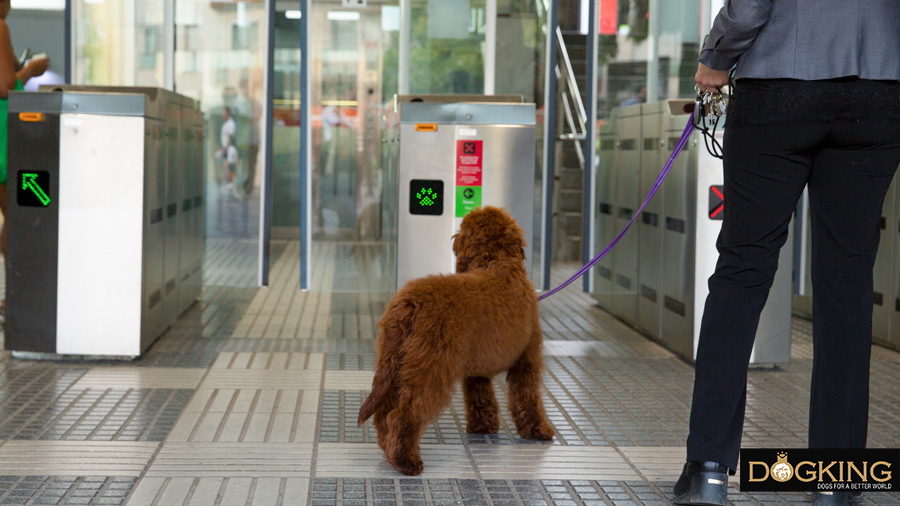
5. Amenities and spaces suitable for dogs
Both indoors and outdoors, dogs aren’t only allowed free access in these cities, but many spaces are adapted to treat them better. In hotels, restaurants or bars located in dog-friendly cities, dogs may enjoy a service that also covers all their needs. In some hotels, for example, you may have at your disposal a bed for your canine's rest, as well as bowls for food and drink.
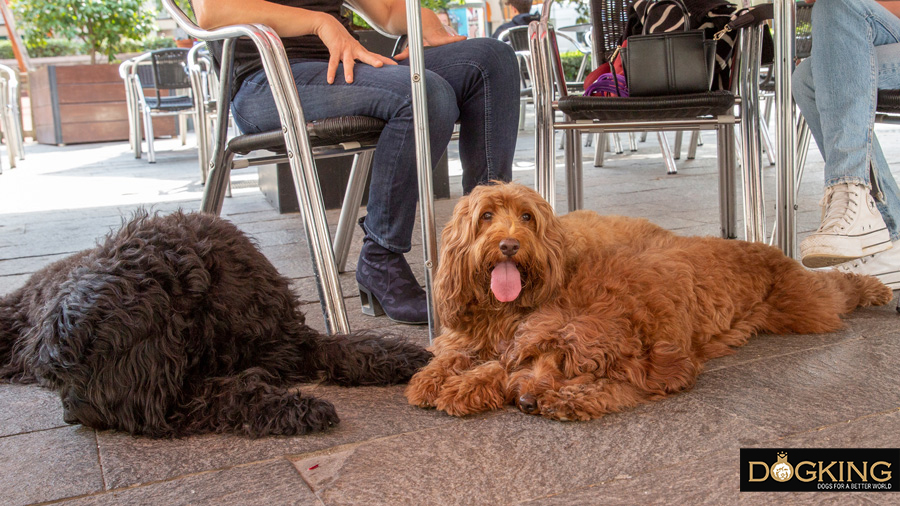
6. Dog-friendly policies, in the workplace too
There is a growing awareness of how positive the company of a dog may be for our mental health, and the workplace is no exception. In fact, around 70% of millennials would be willing to earn a lower salary if they could bring their dog to work in return. Not only does this provide a better work-life balance, but studies show that it promotes higher levels of productivity. For these reasons, it is common in dog-friendly cities to see dogs in offices or accompanying their owners at work.

7. Civic education for urban coexistence with dogs
To guarantee a peaceful coexistence and to be able to enjoy the company of our dog throughout the urban environment, in dog-friendly cities, owners must also do their part. If our dog has behavioural problems, for example, it would be advisable to train it before giving it access to certain spaces, both for its own good and for the good of the rest of the residents. In addition, despite the fact both indoor and outdoor spaces are opened up, every owner should know when it is necessary to keep its dog on a leash, the implicit and explicit rules of conduct to be observed (e.g.: no barking in a restaurant), as well as to avoid leaving the dog alone.
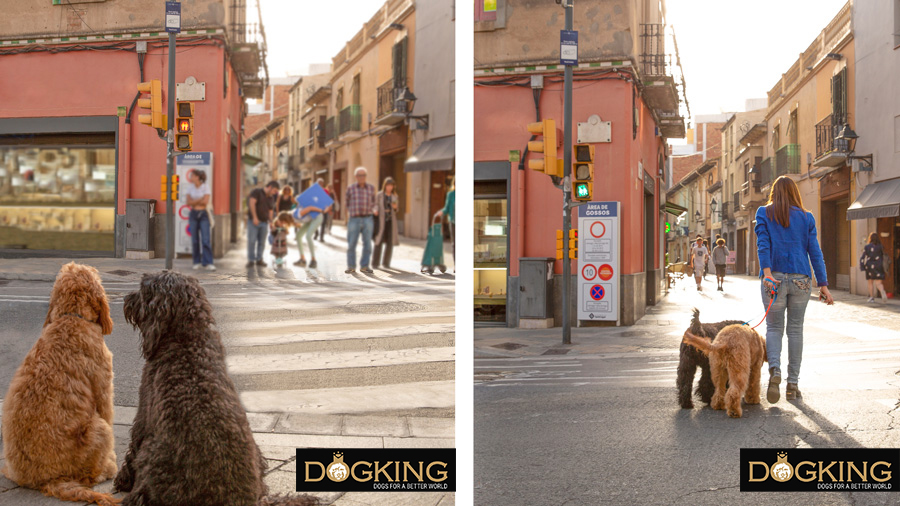
May any dog live in a "dog-friendly" city?
Policies in these cities are set on the assumption that they will ensure peaceful coexistence between dogs and humans, so we should pay attention to whether our furry friend knows how to keep a good behaviour in environments such as work, restaurants, hotels or transport. If our dog hasn’t been socialized as a child, for example, it won’t get used to dealing with other dogs or environments, and may develop undesirable behaviours as a result. However, just as there are dogs that are innately more suited to adapt to some environments, such as the German Shepherd in the police force, there are others that will find it much easier to adapt to living in these types of cities.
The Australian Cobberdog, being one of the most versatile breeds in existence, would be an example of civility even with the freedom that living in a dog-friendly city gives a dog. Due to their sociable and friendly personality, it is inevitable that from puppyhood they are curious to interact with other dogs and humans. This not only guarantees harmony and safety in any open or closed space they go to, but also helps to establish a pleasant atmosphere, whether at work, in a restaurant, or in a health centre. In addition, while there may be other dogs who, in the absence of rigorous and persistent training, may involve a certain risk, the Australian Cobberdog is so docile and so focused on pleasing, that teaching it to behave well anywhere is something it will love you to do and will learn easily.
